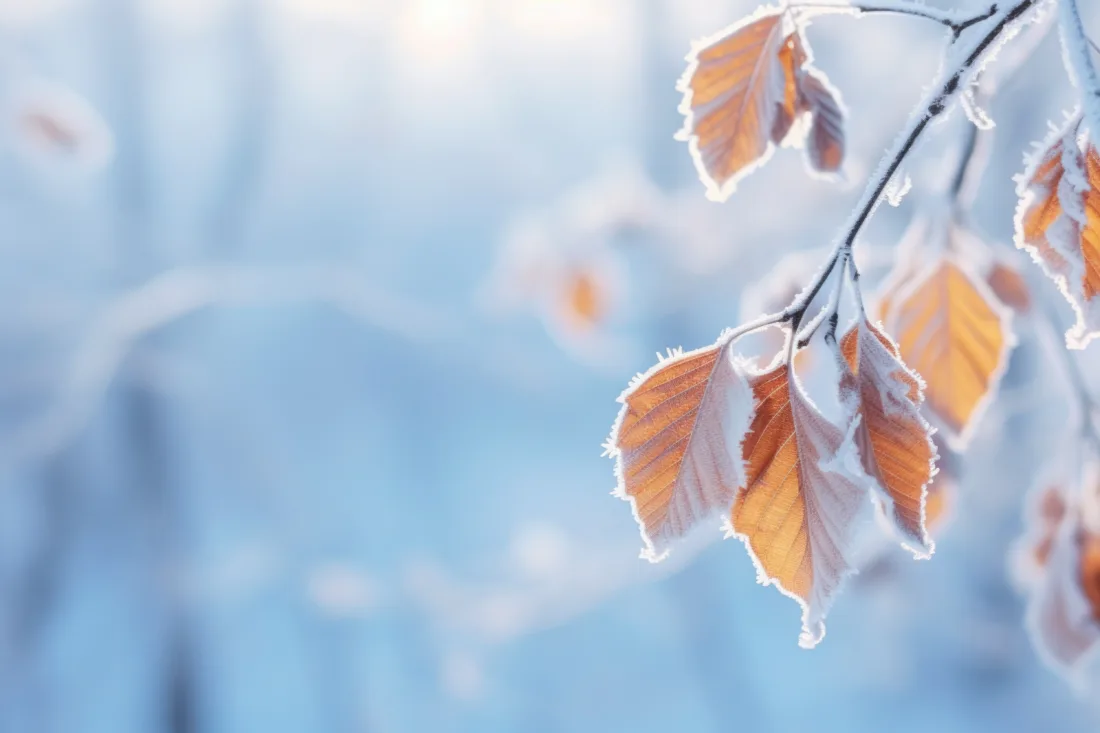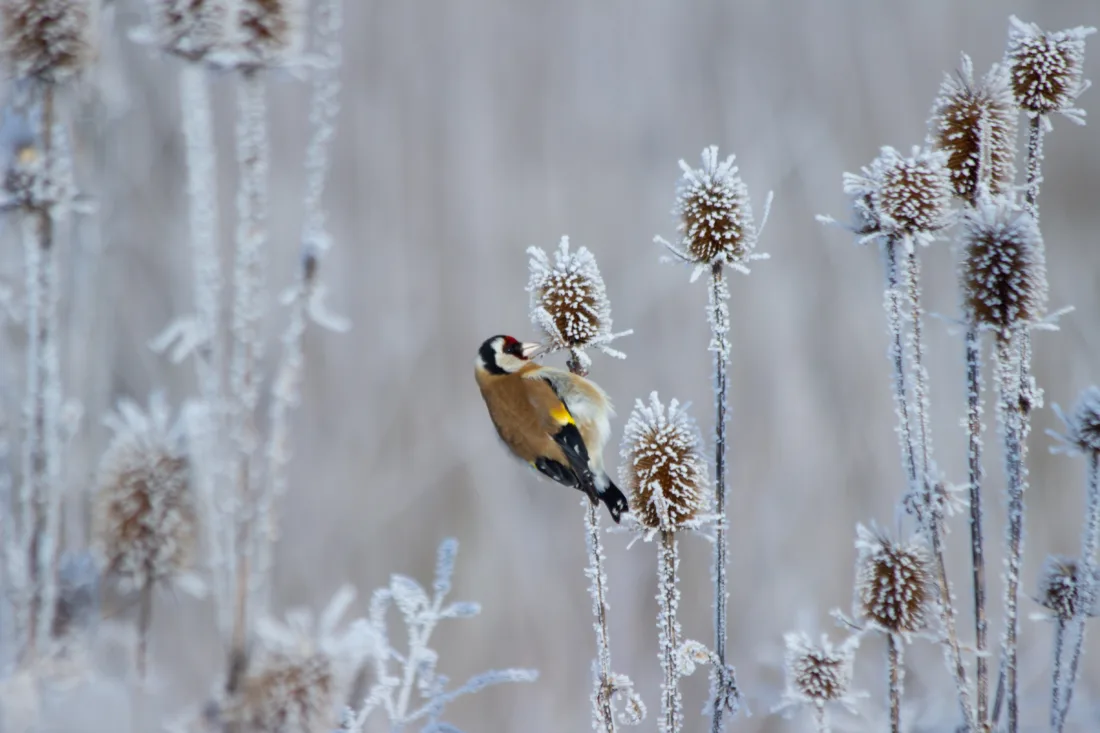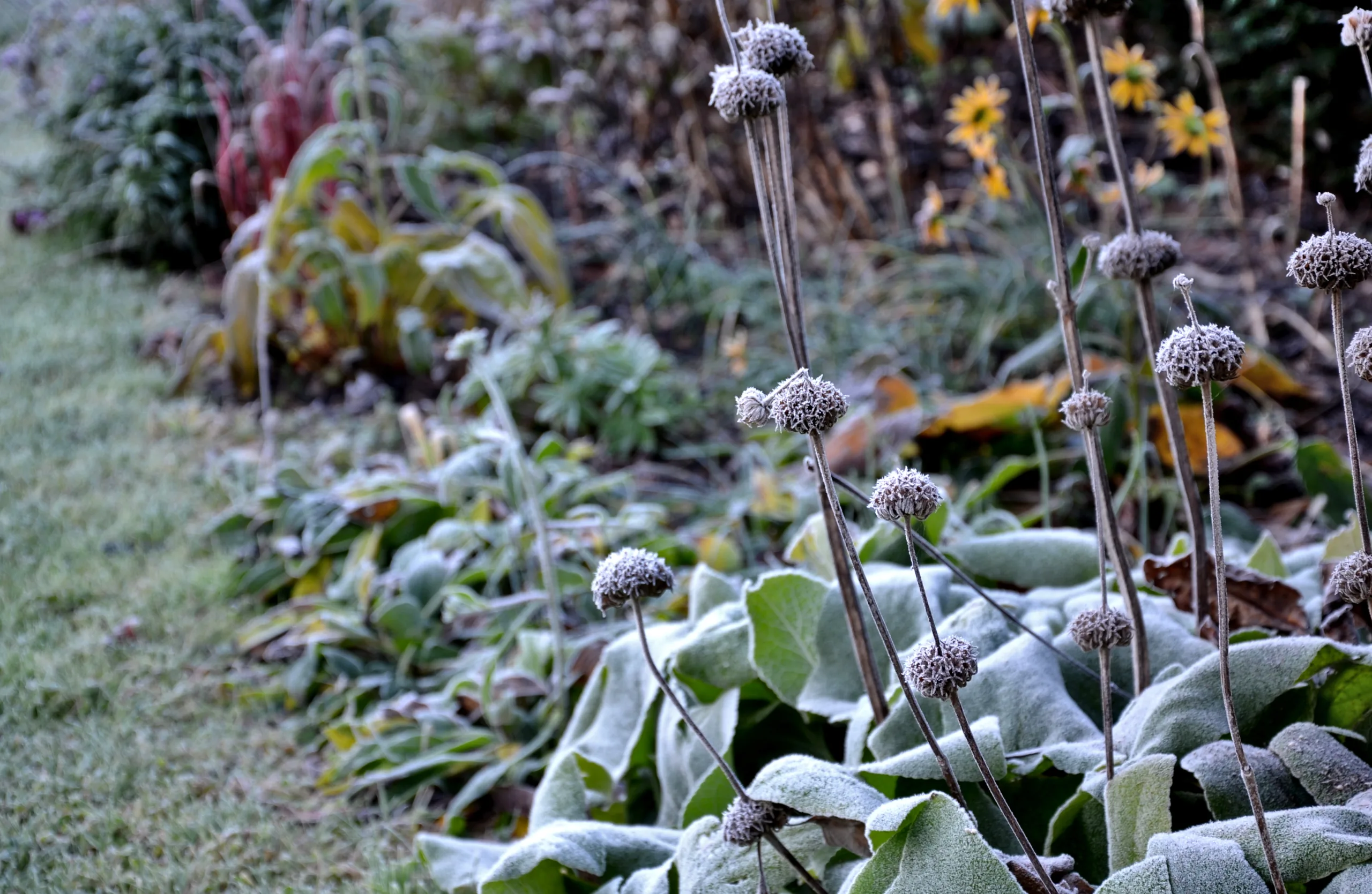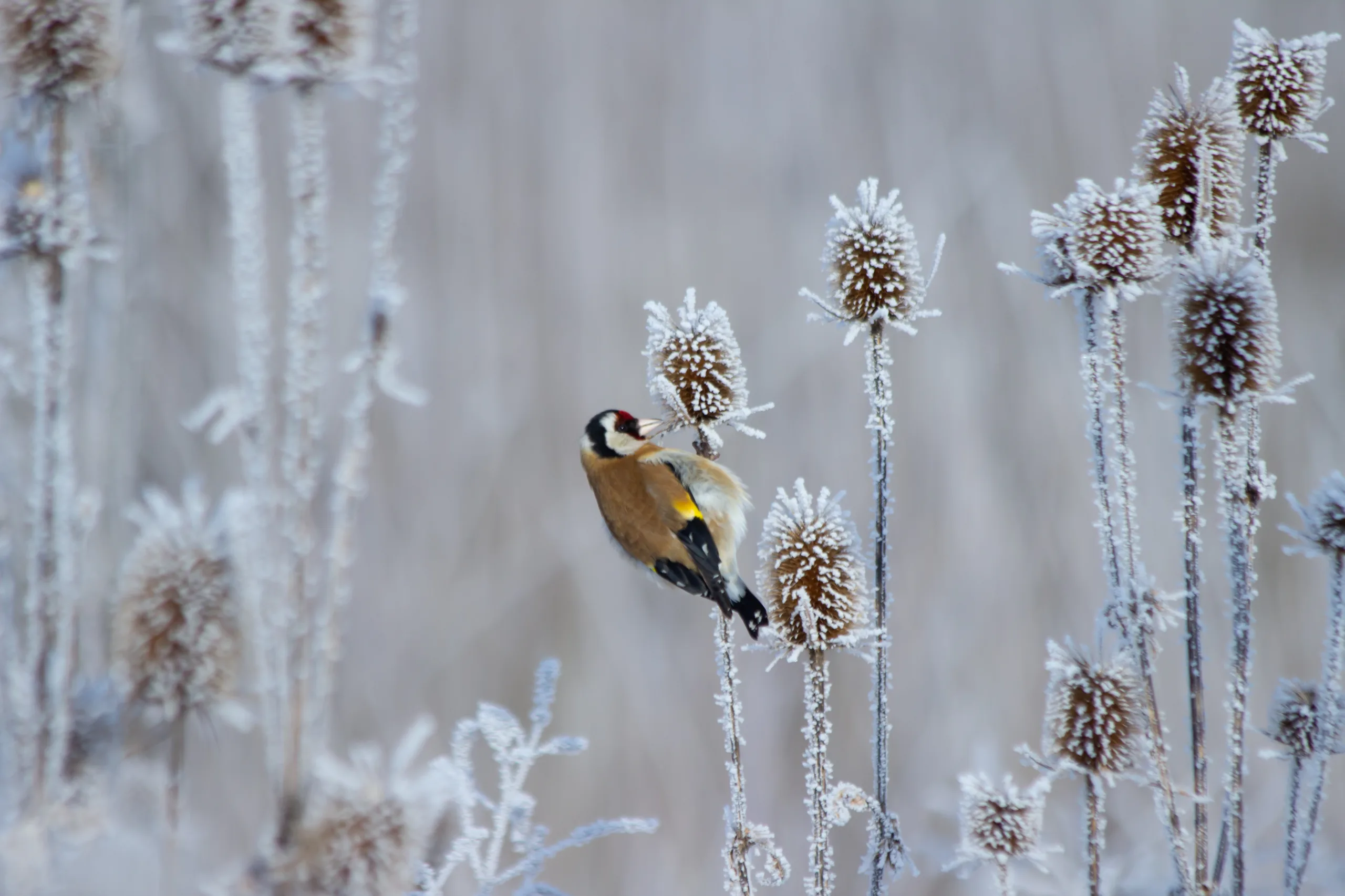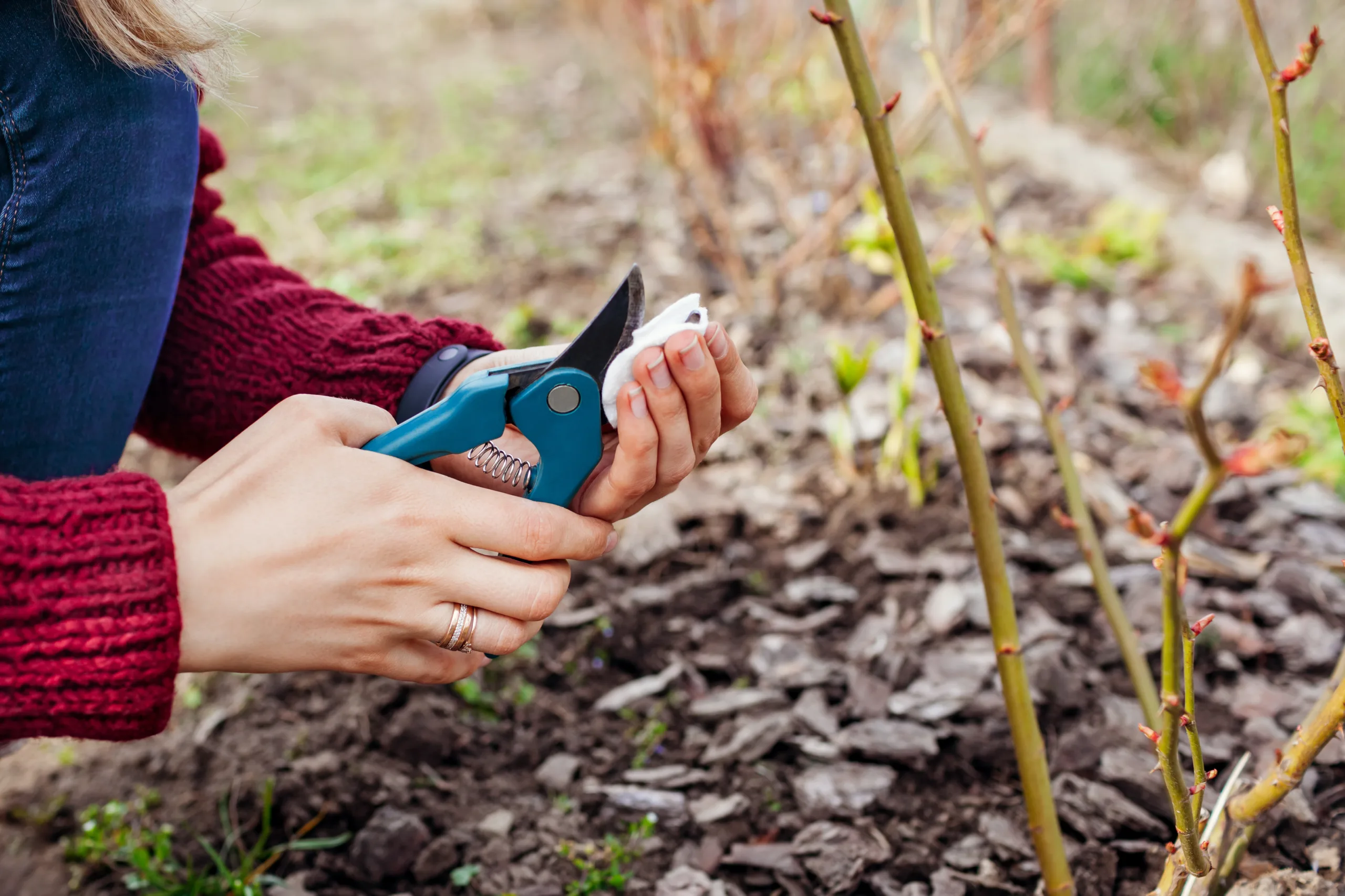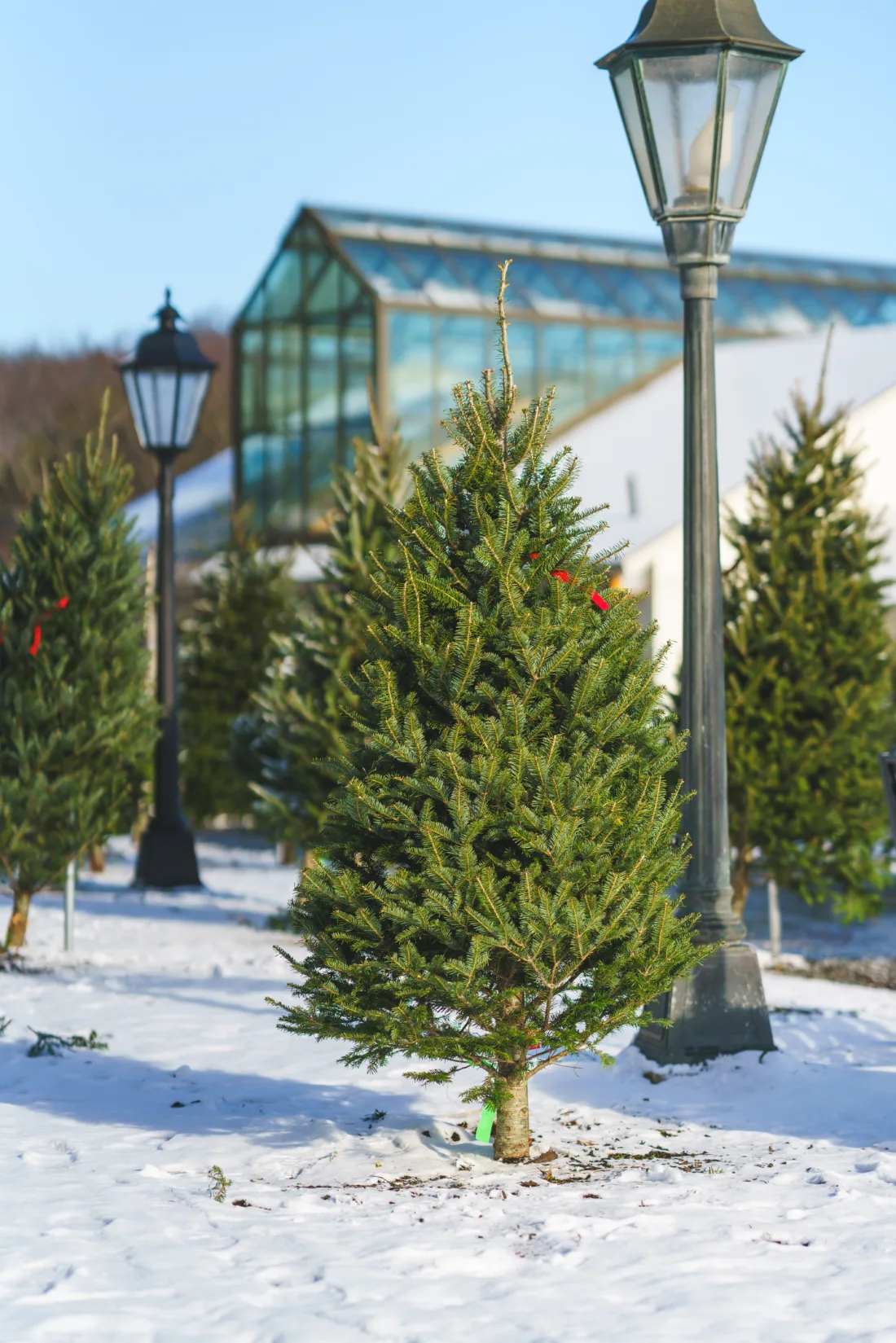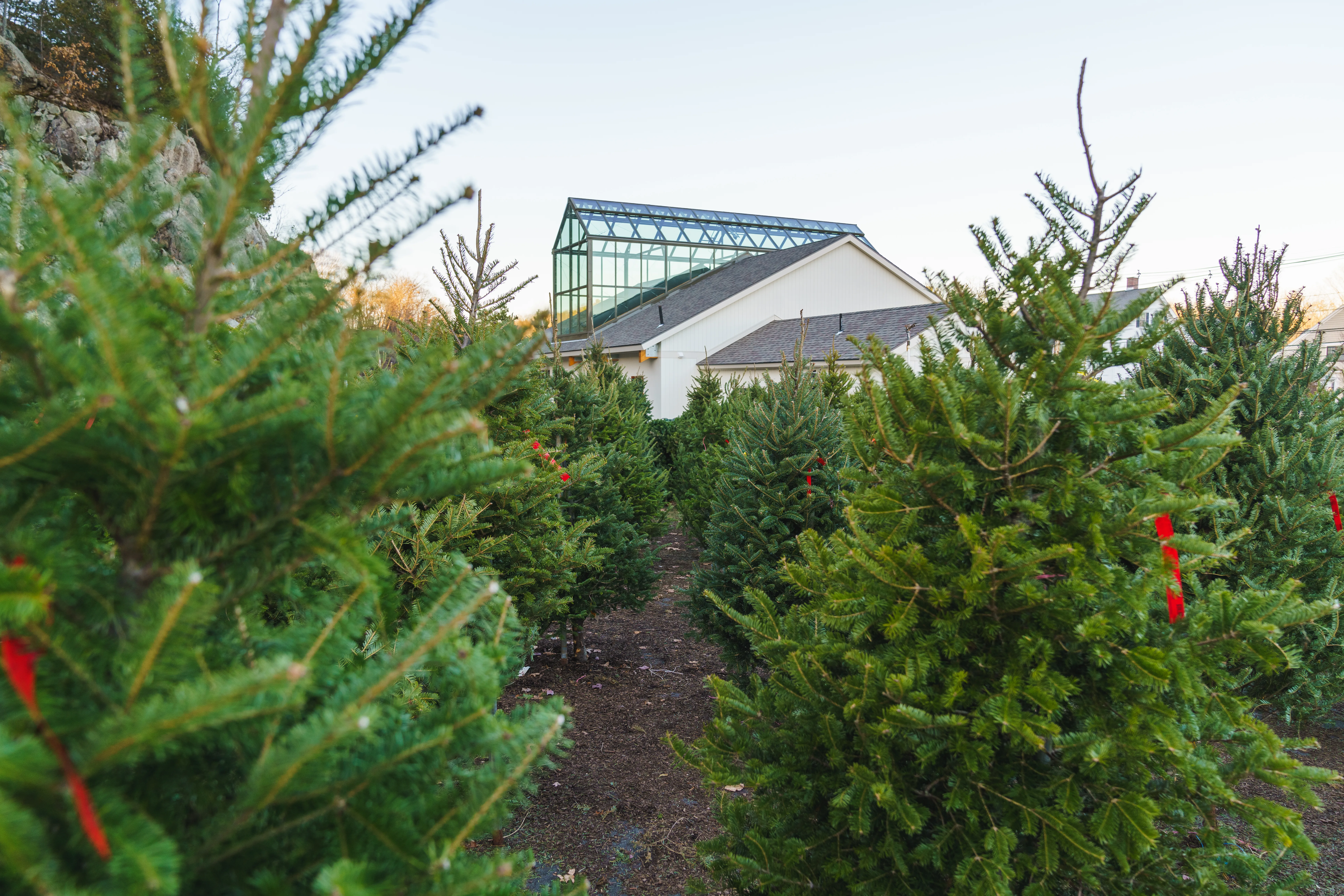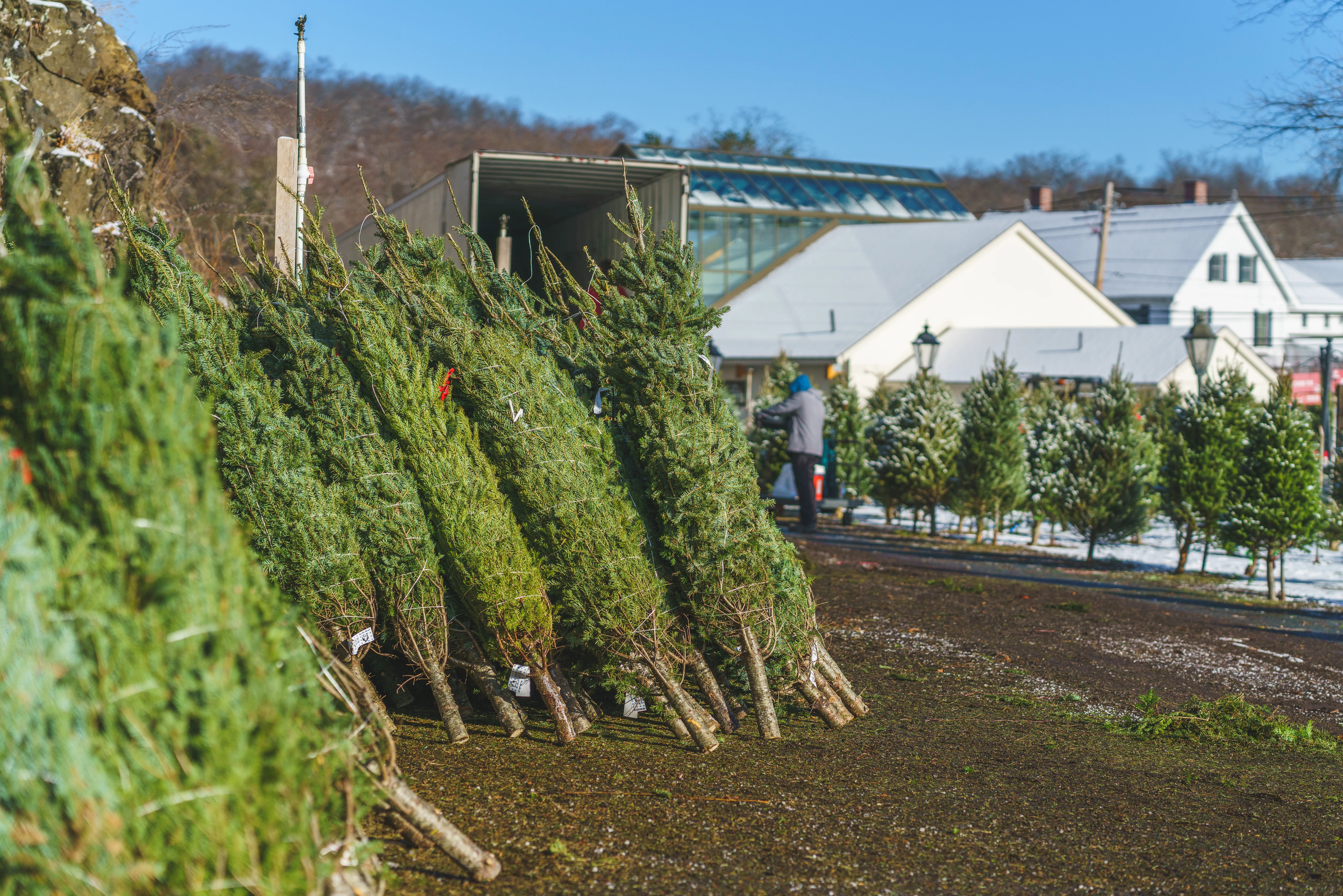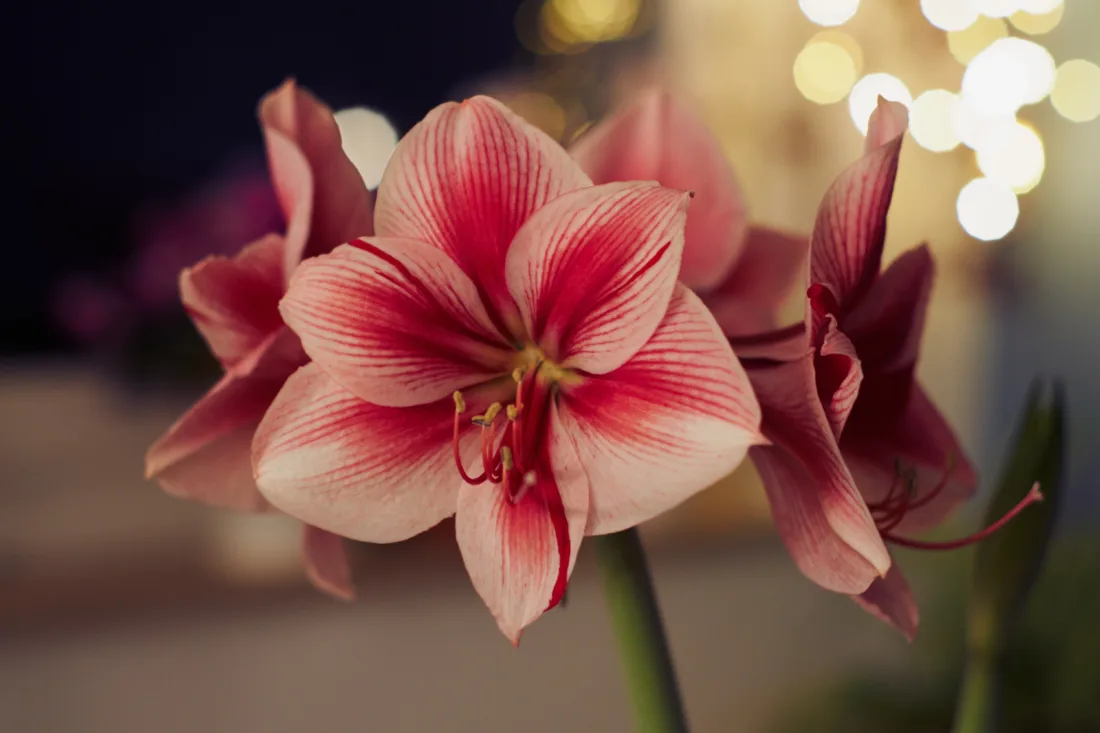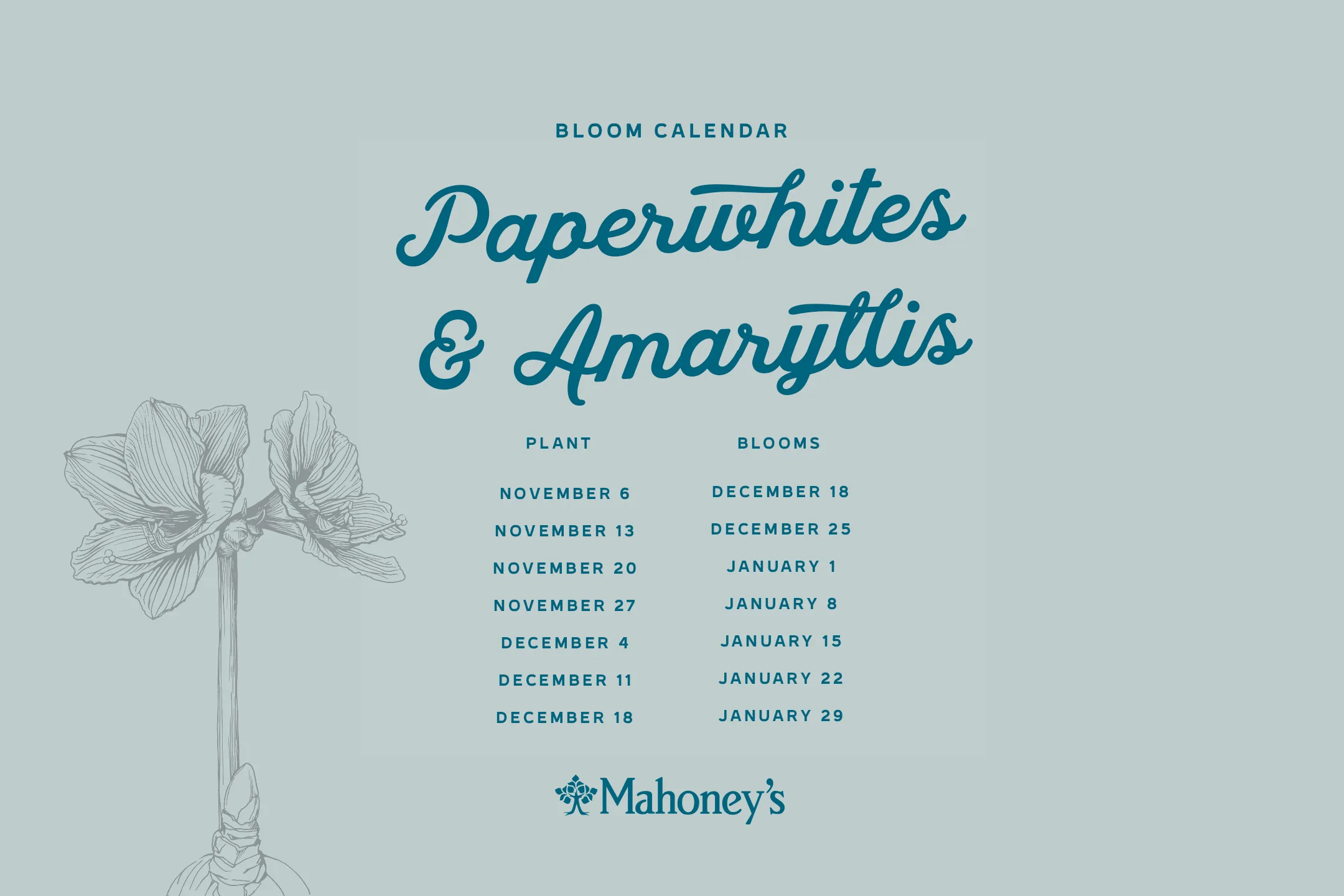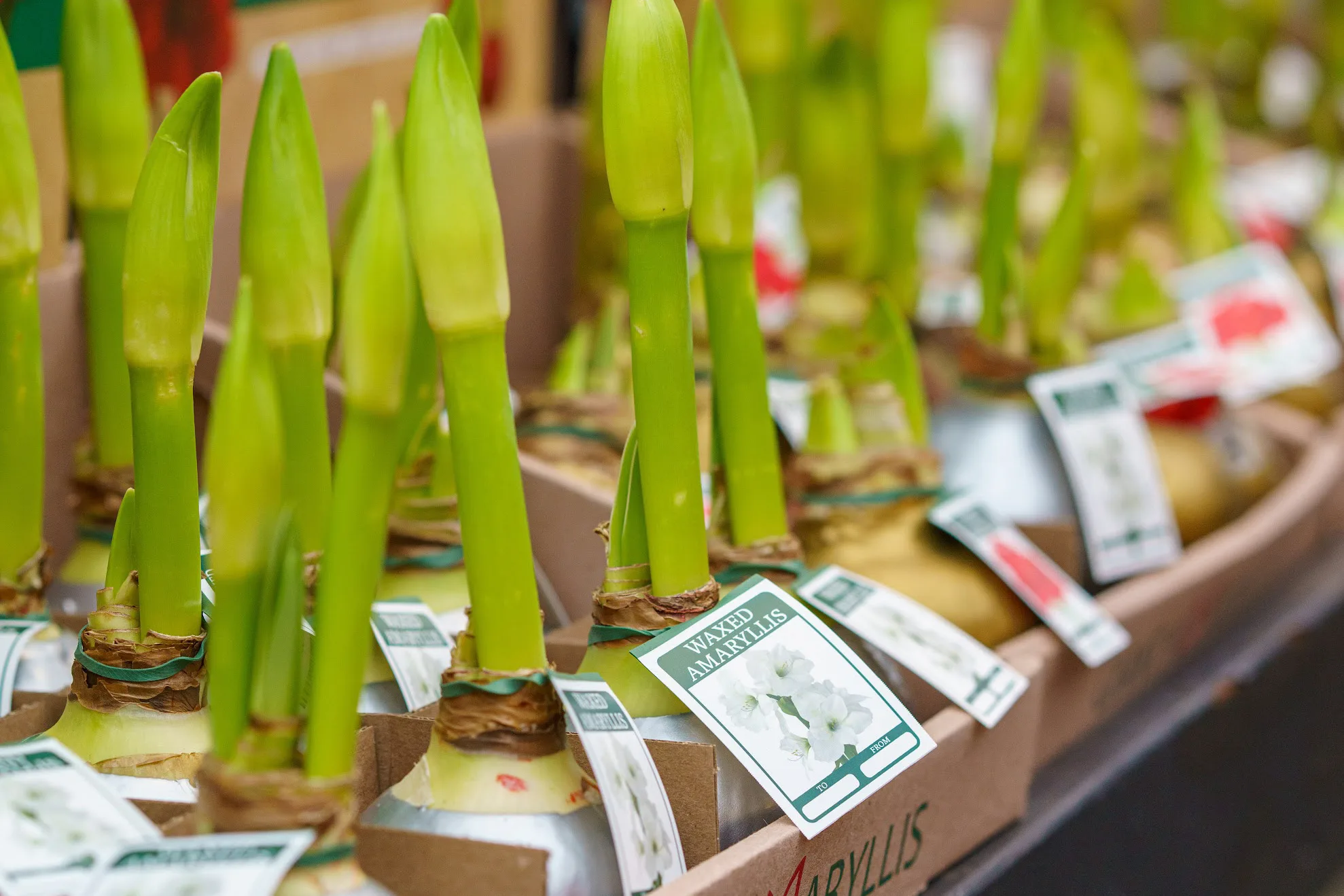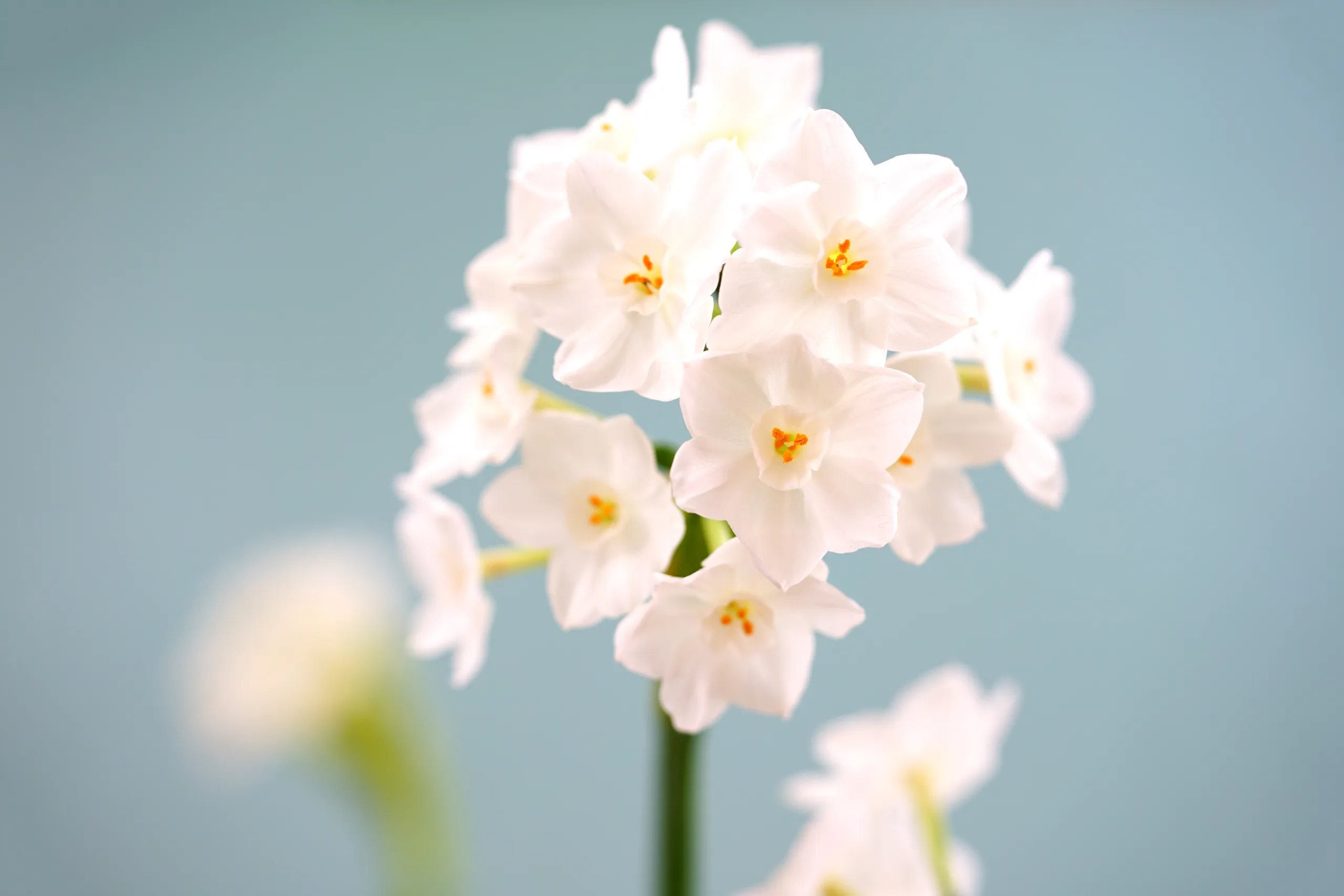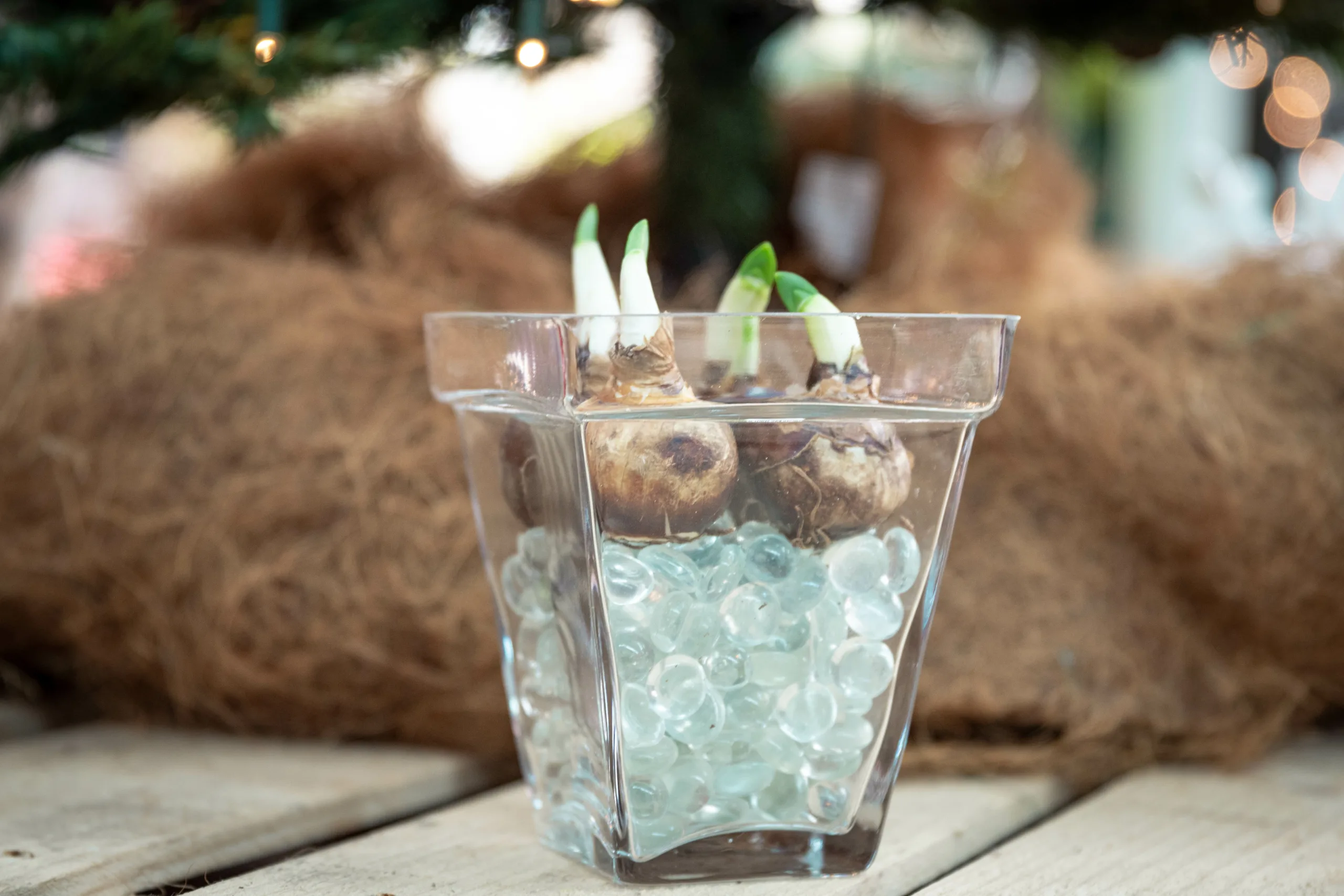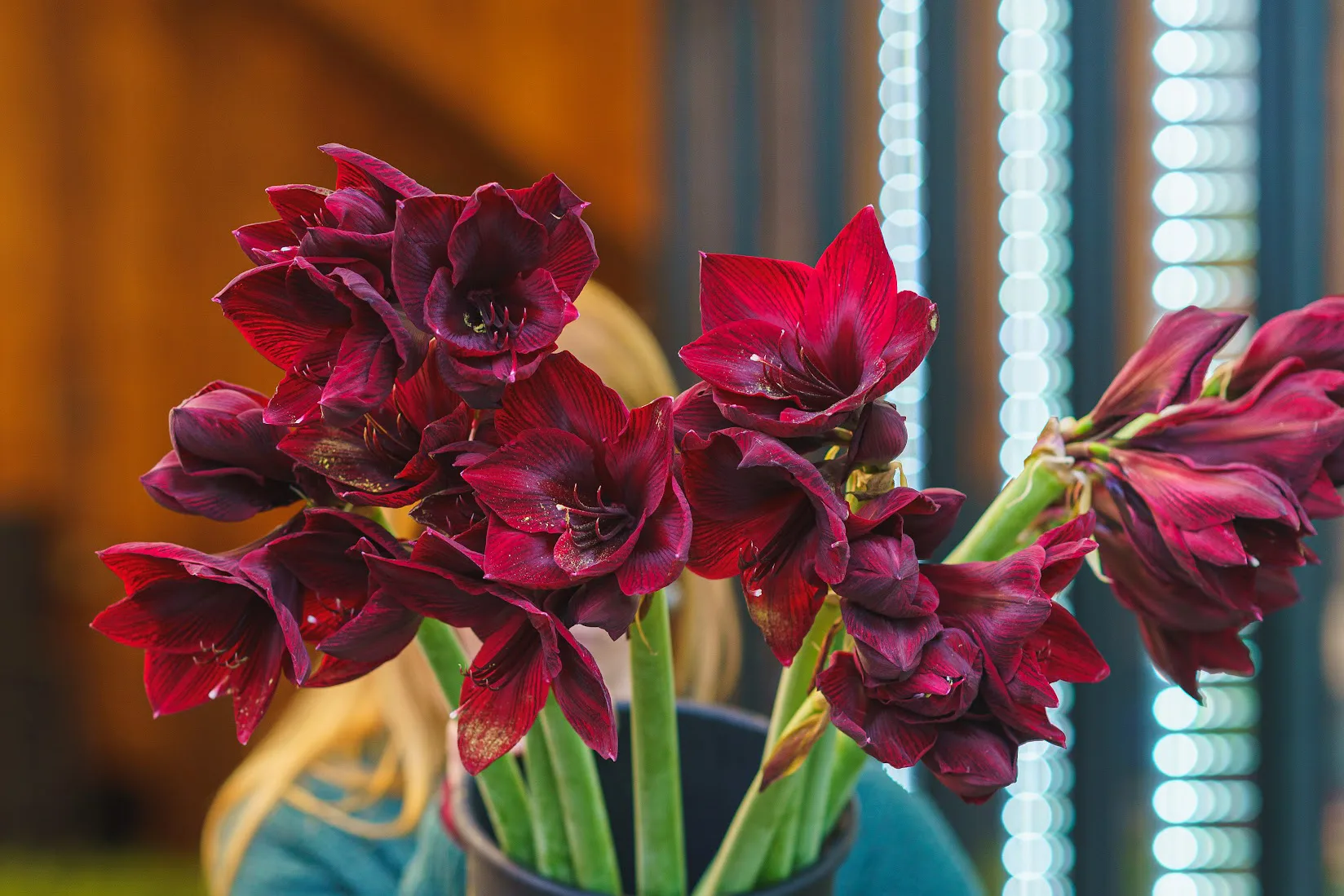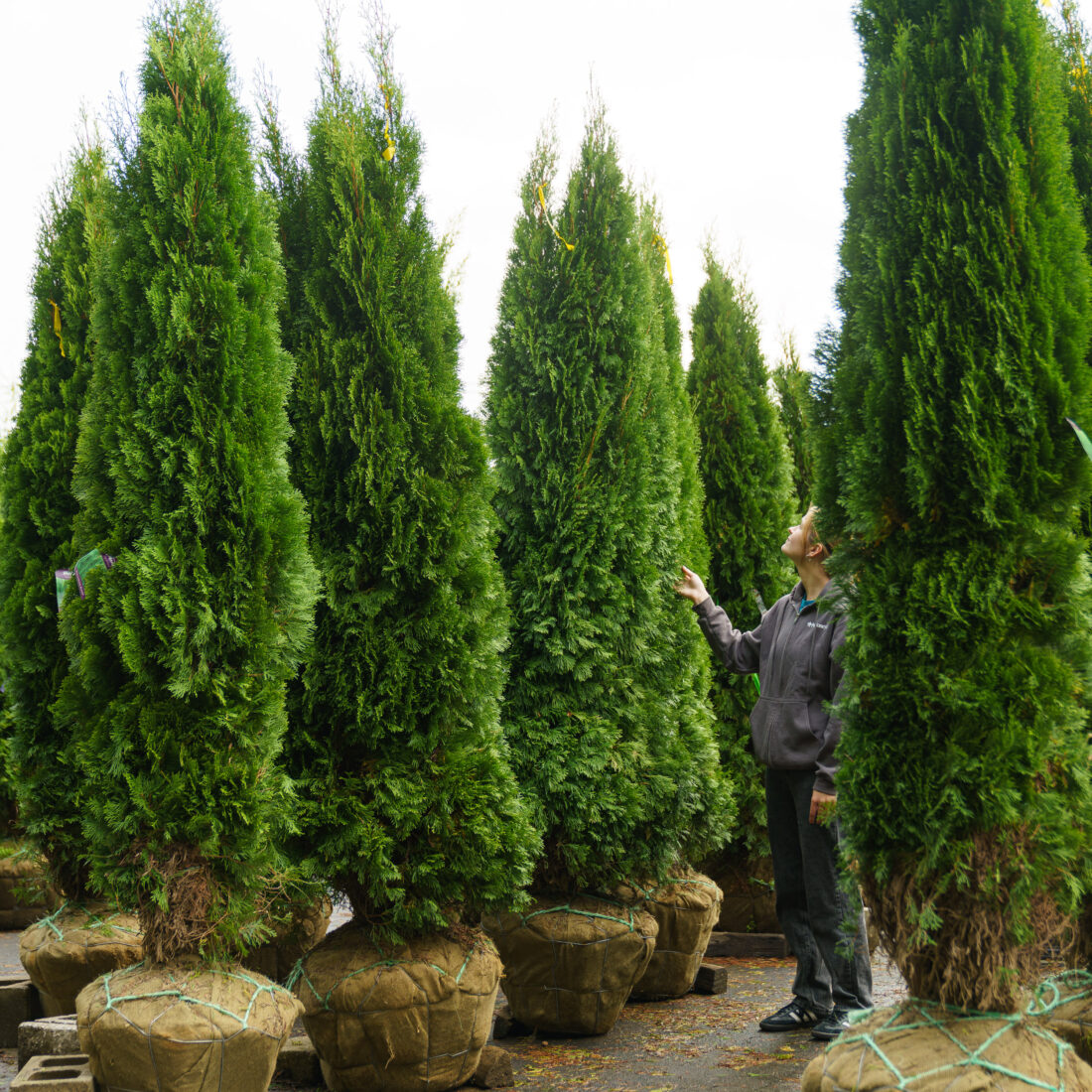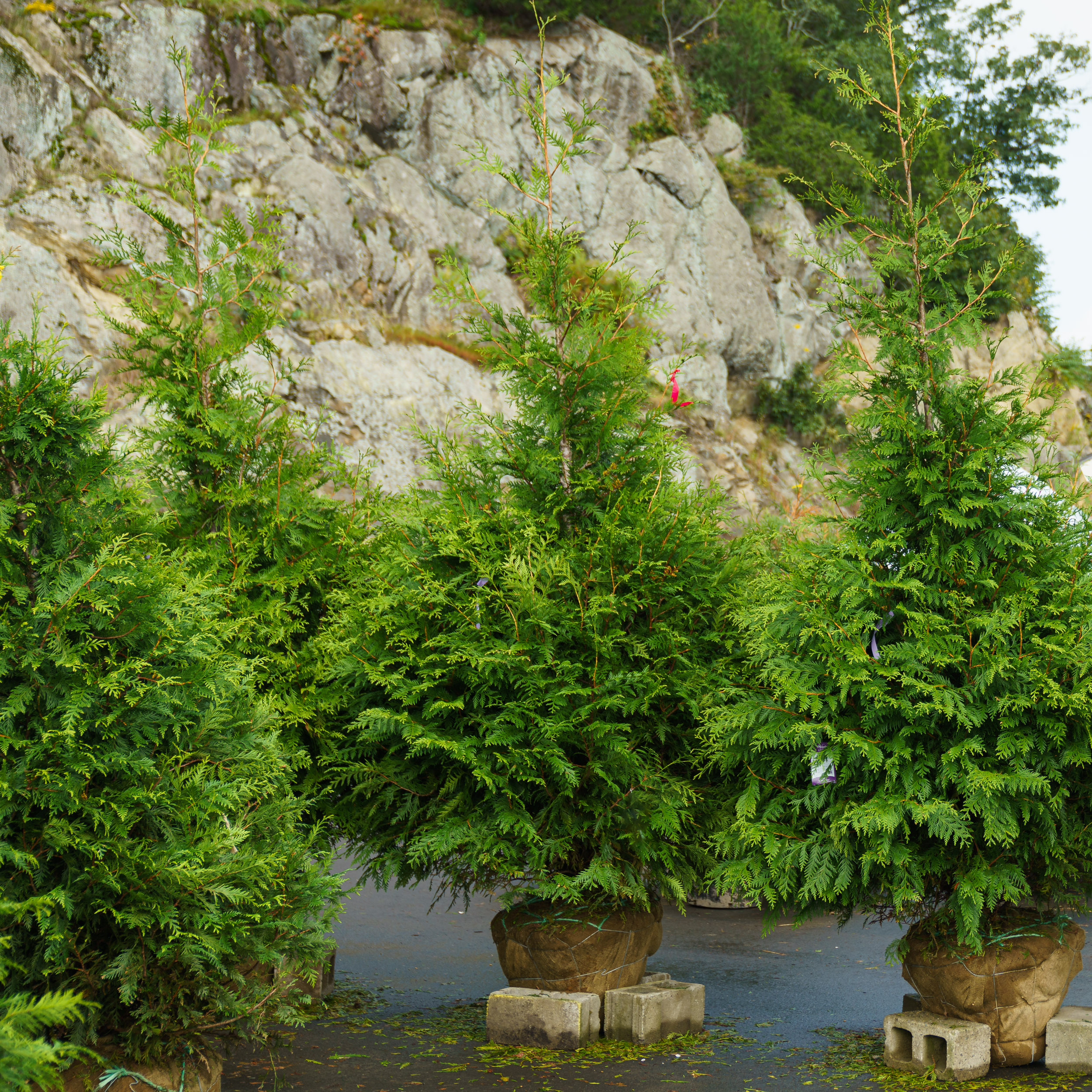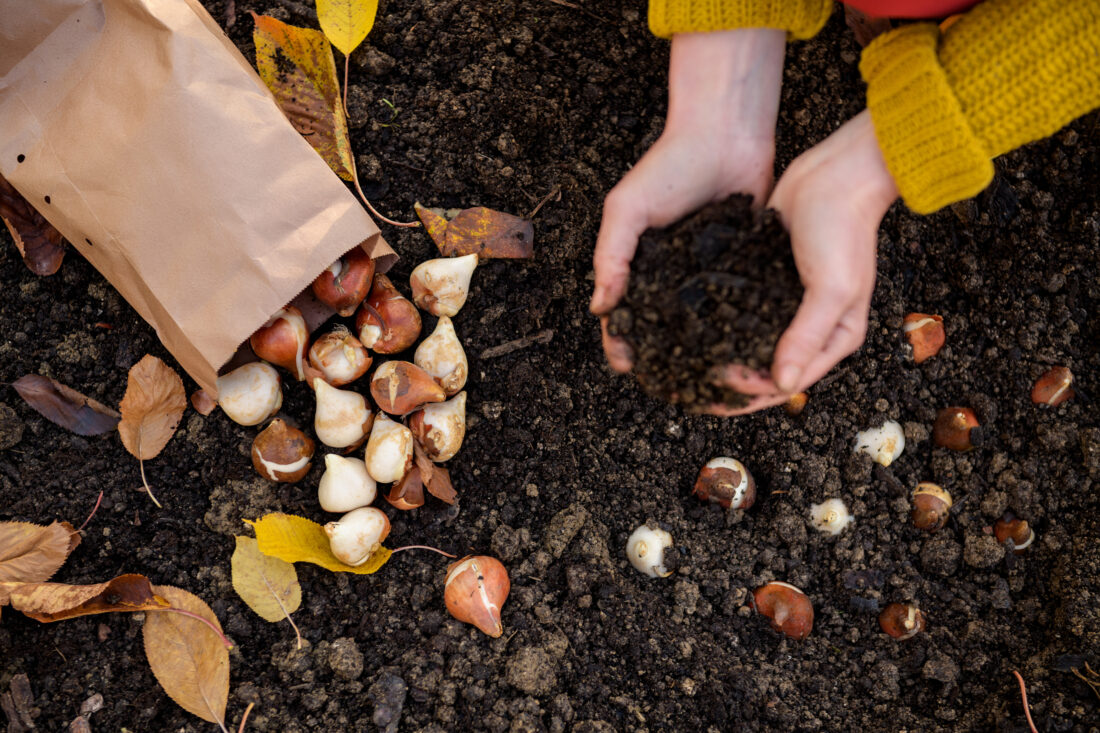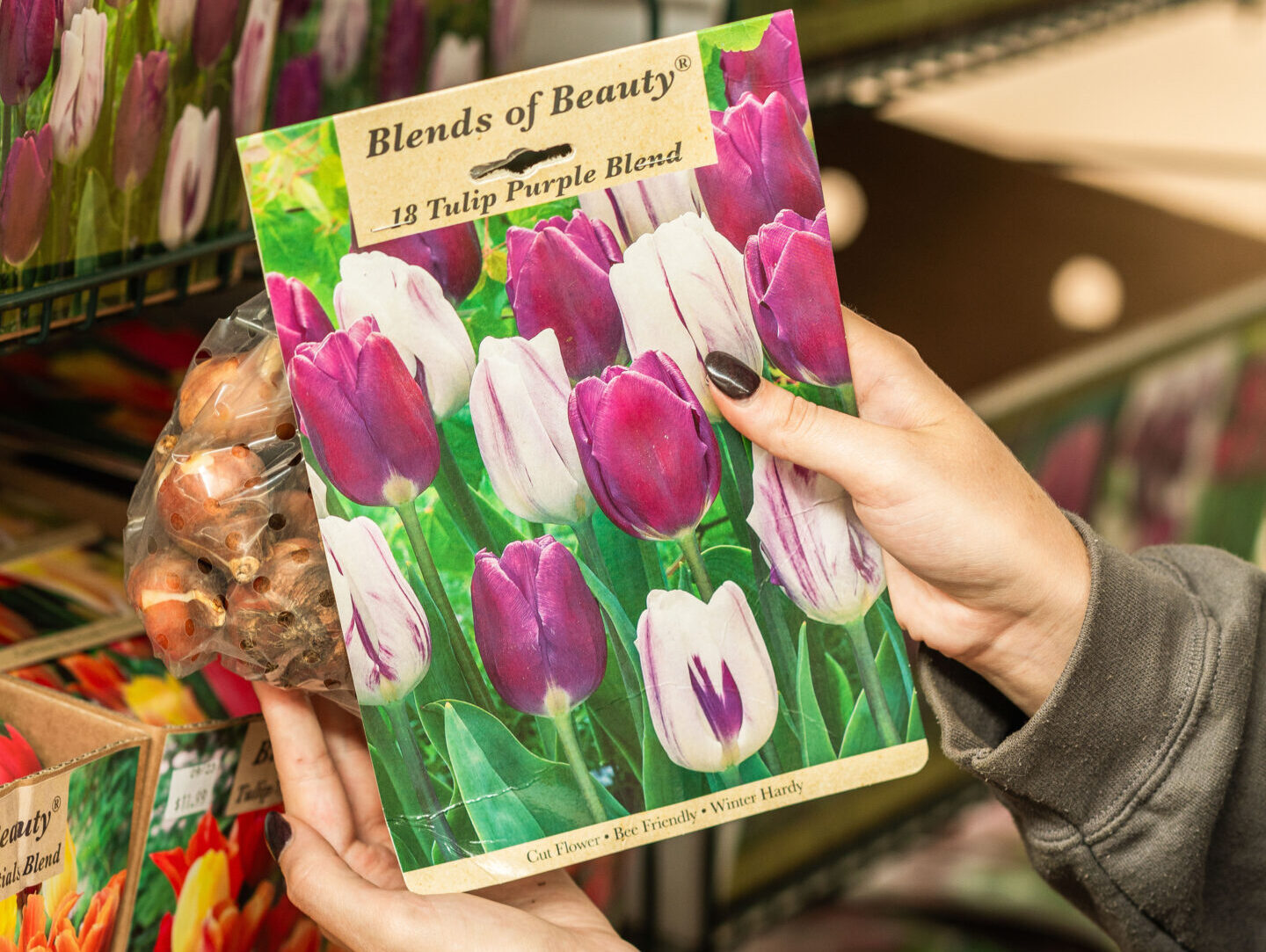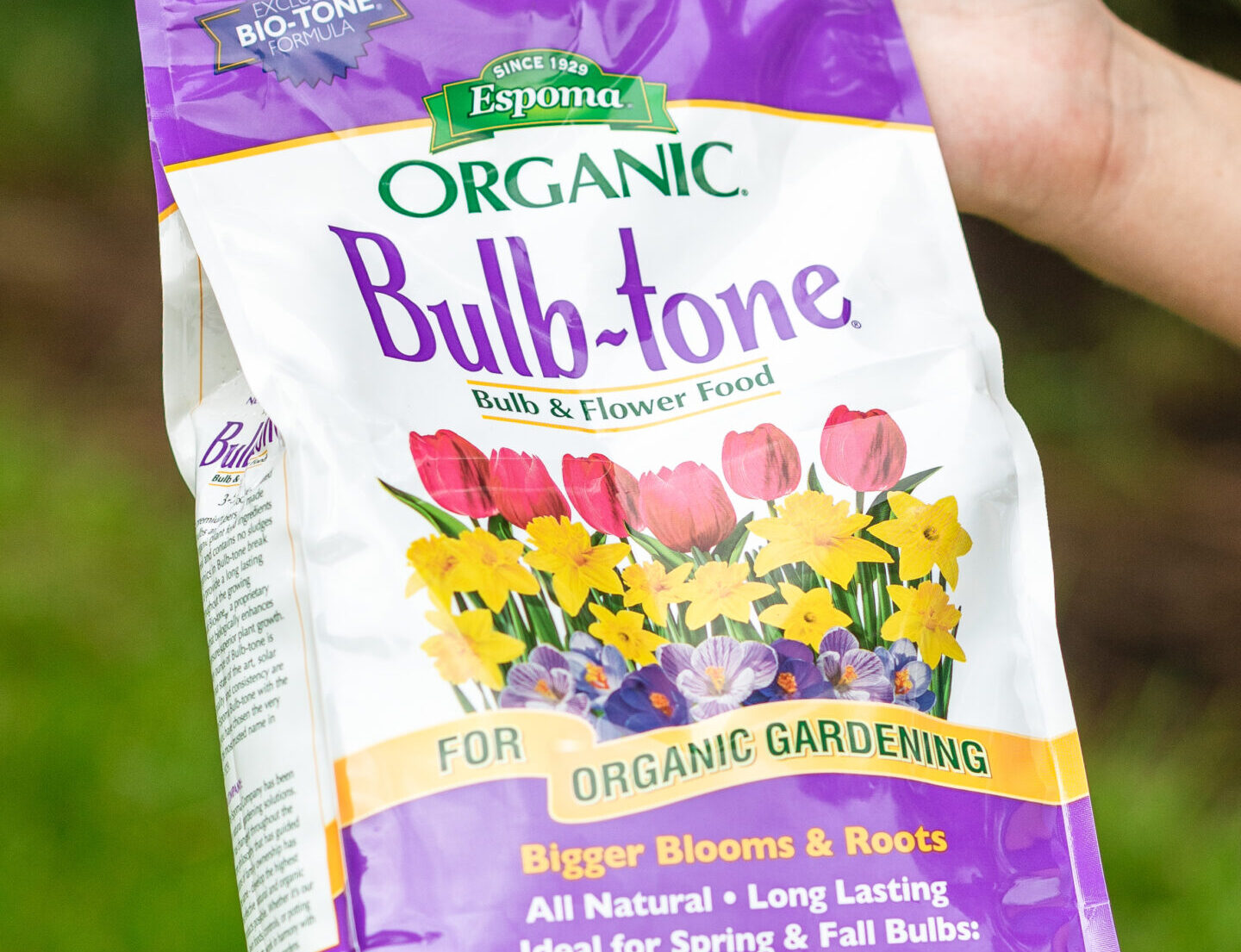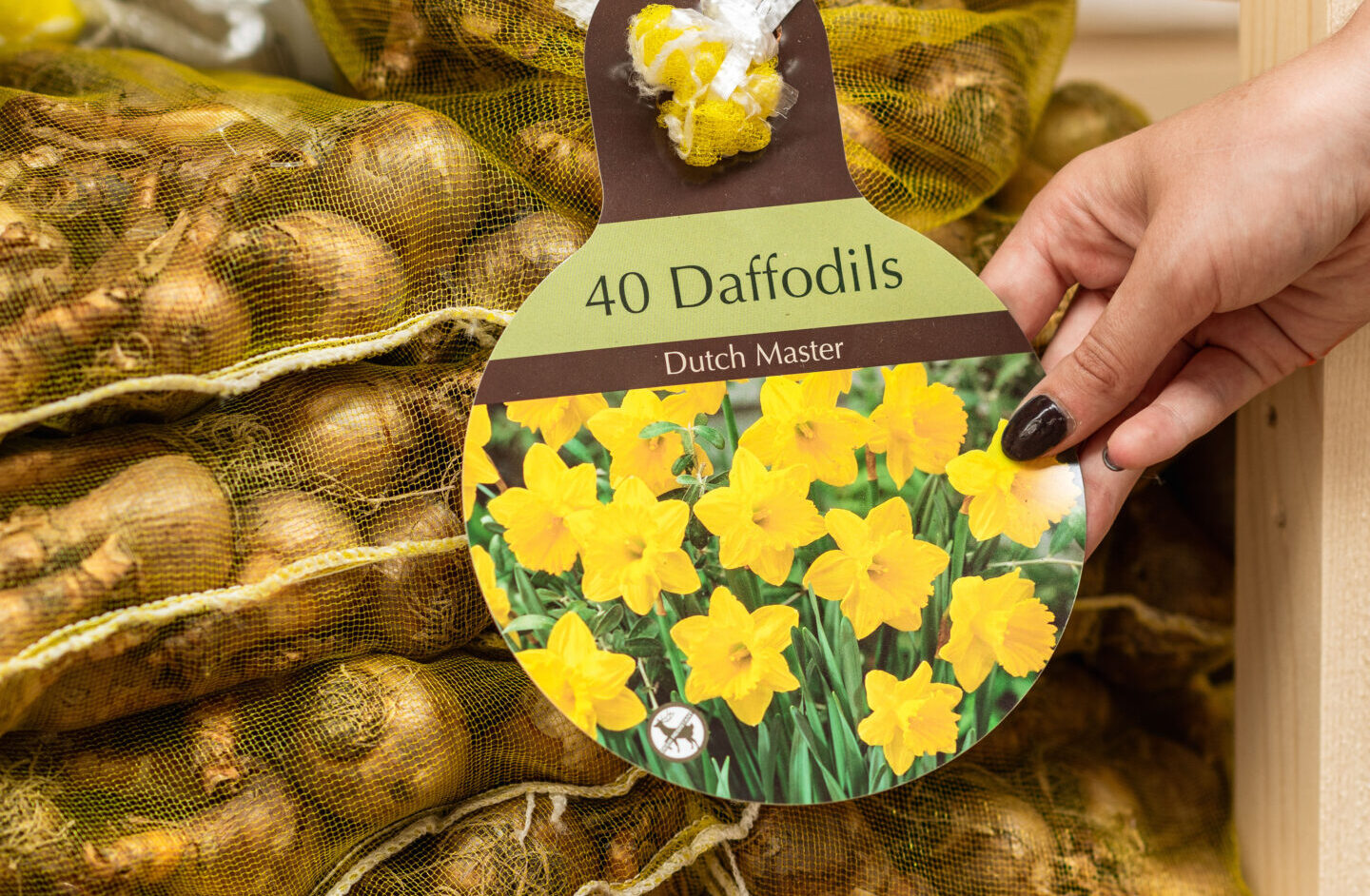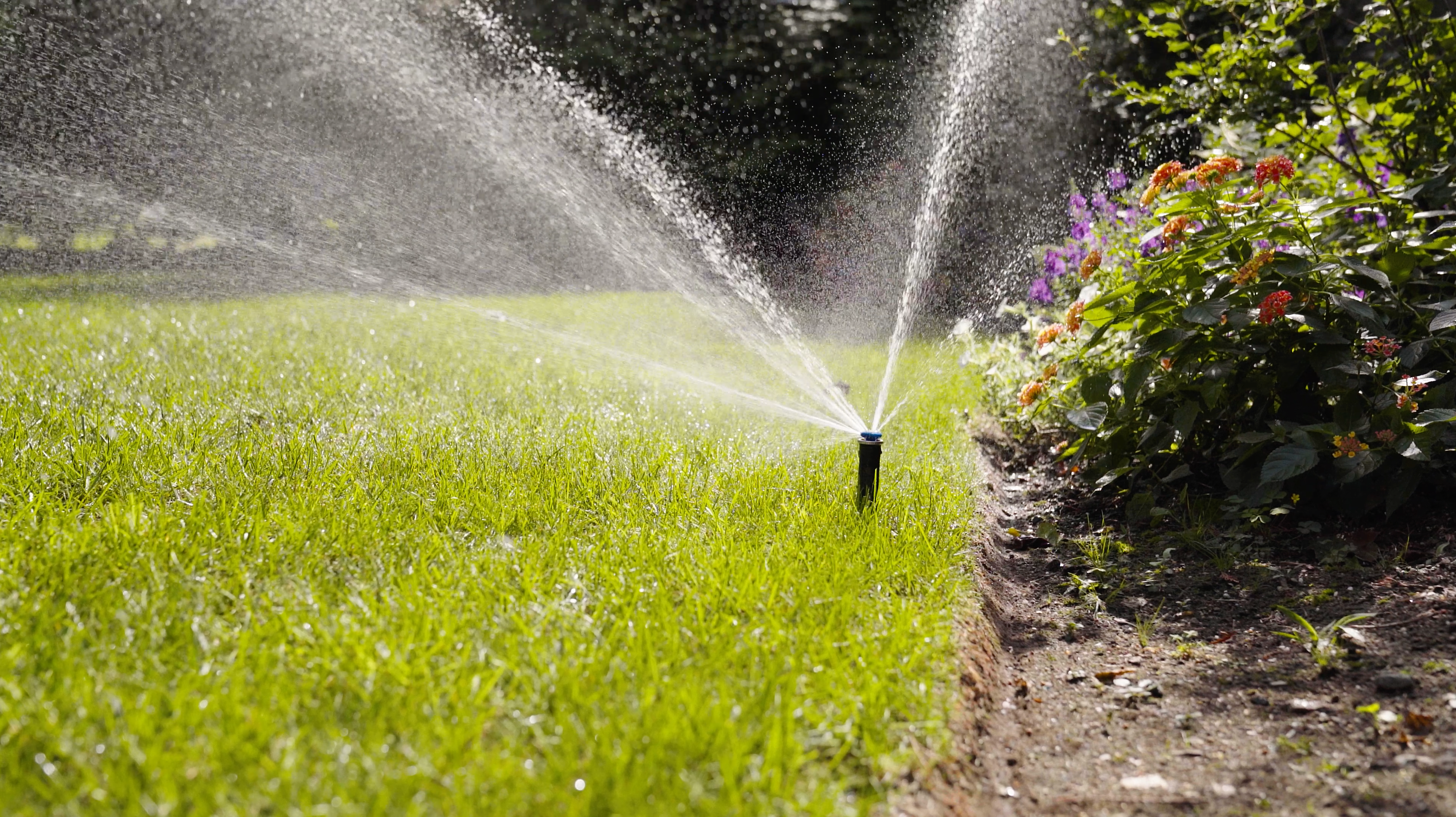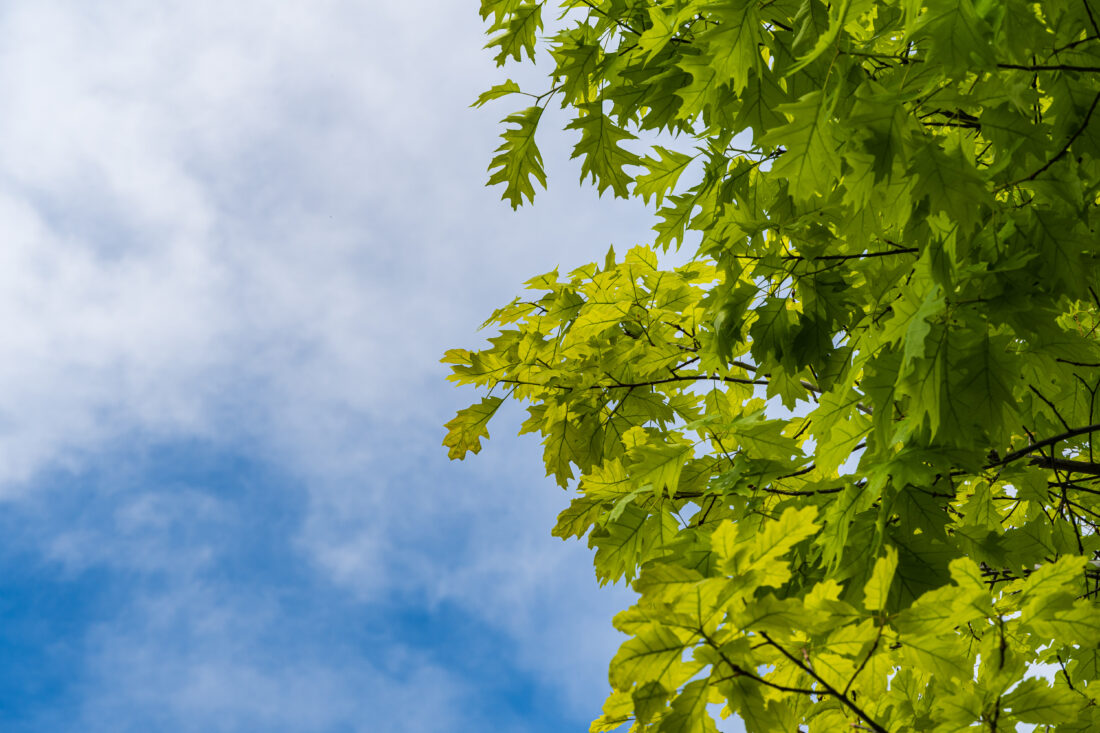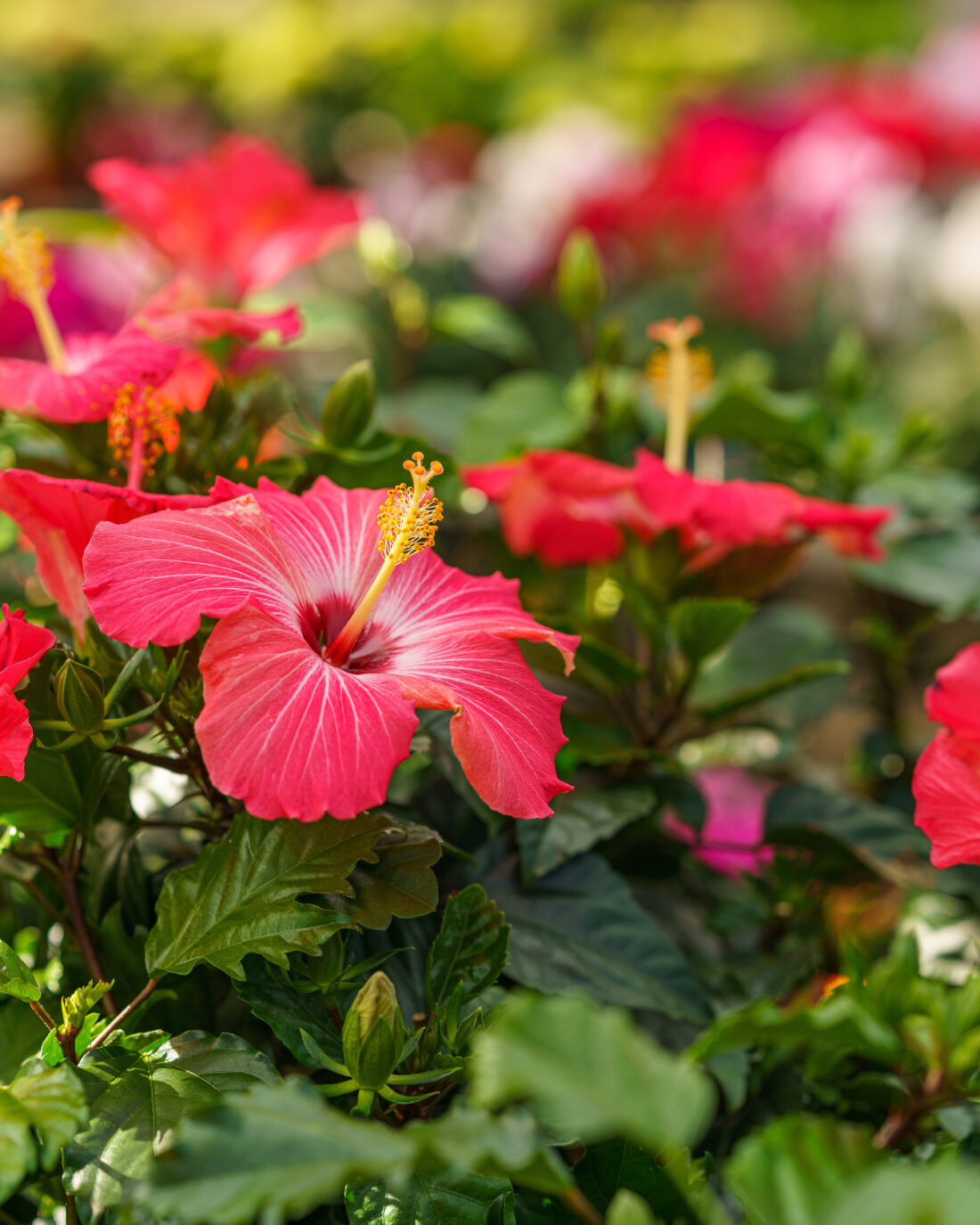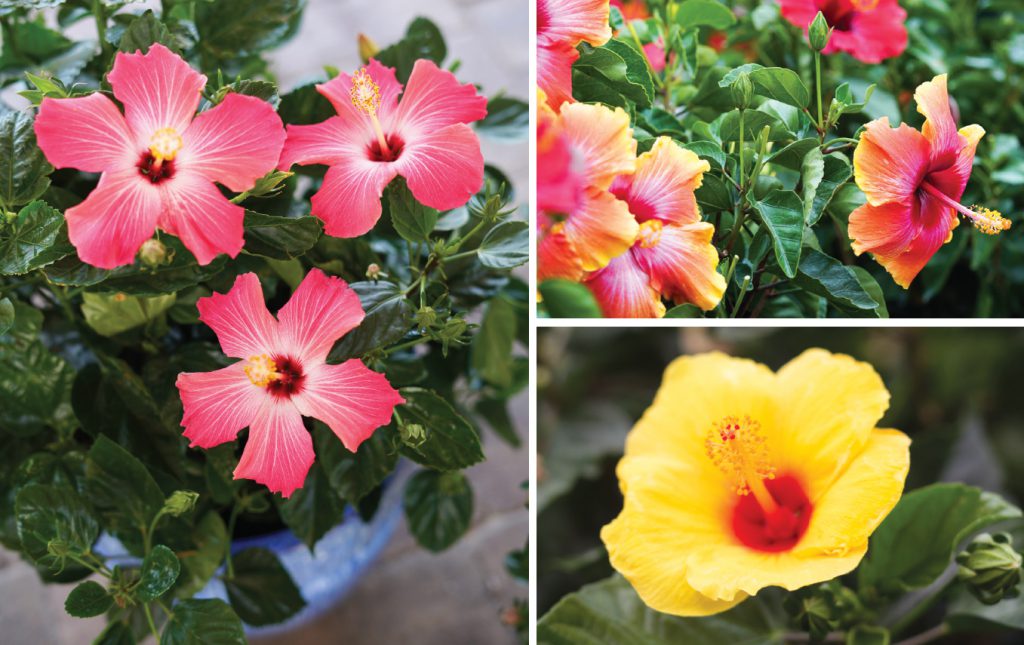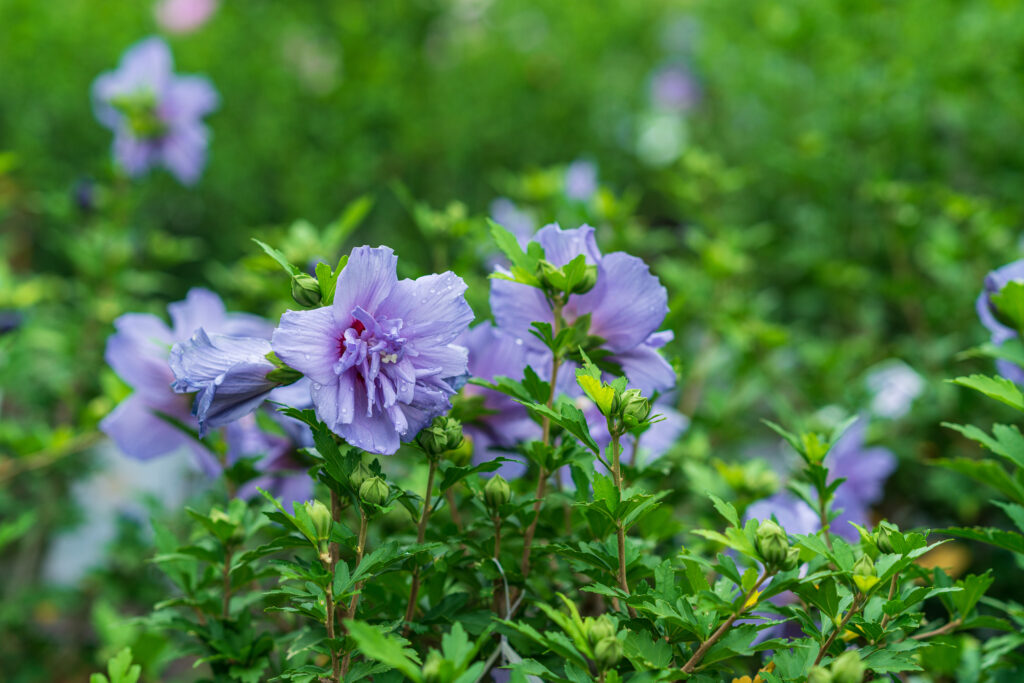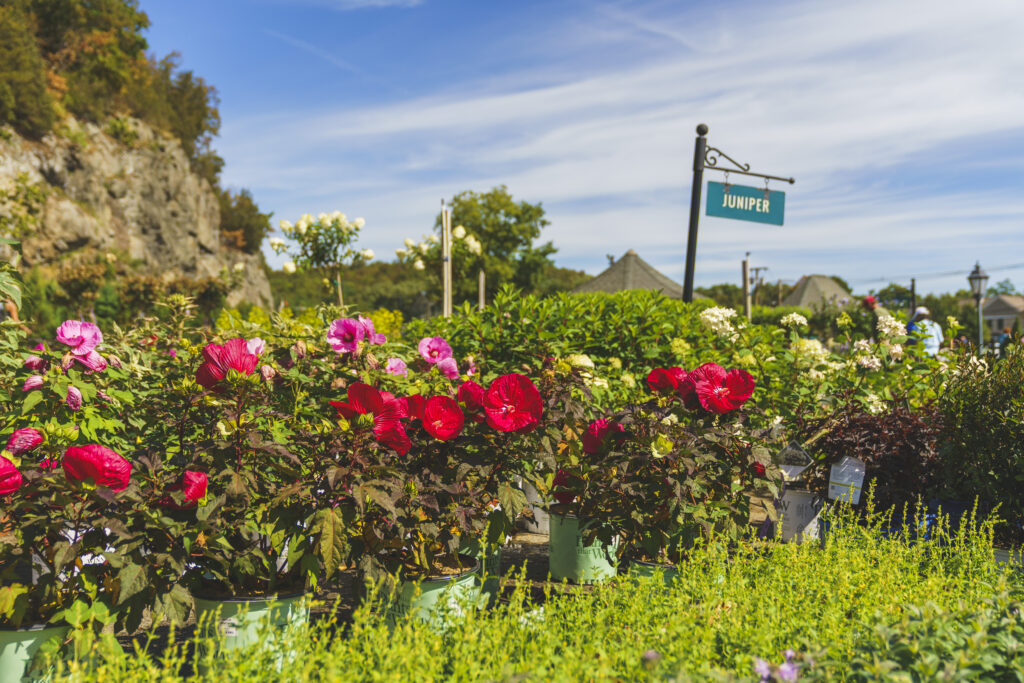Getting Your Garden Cozy for Winter: A New England Guide
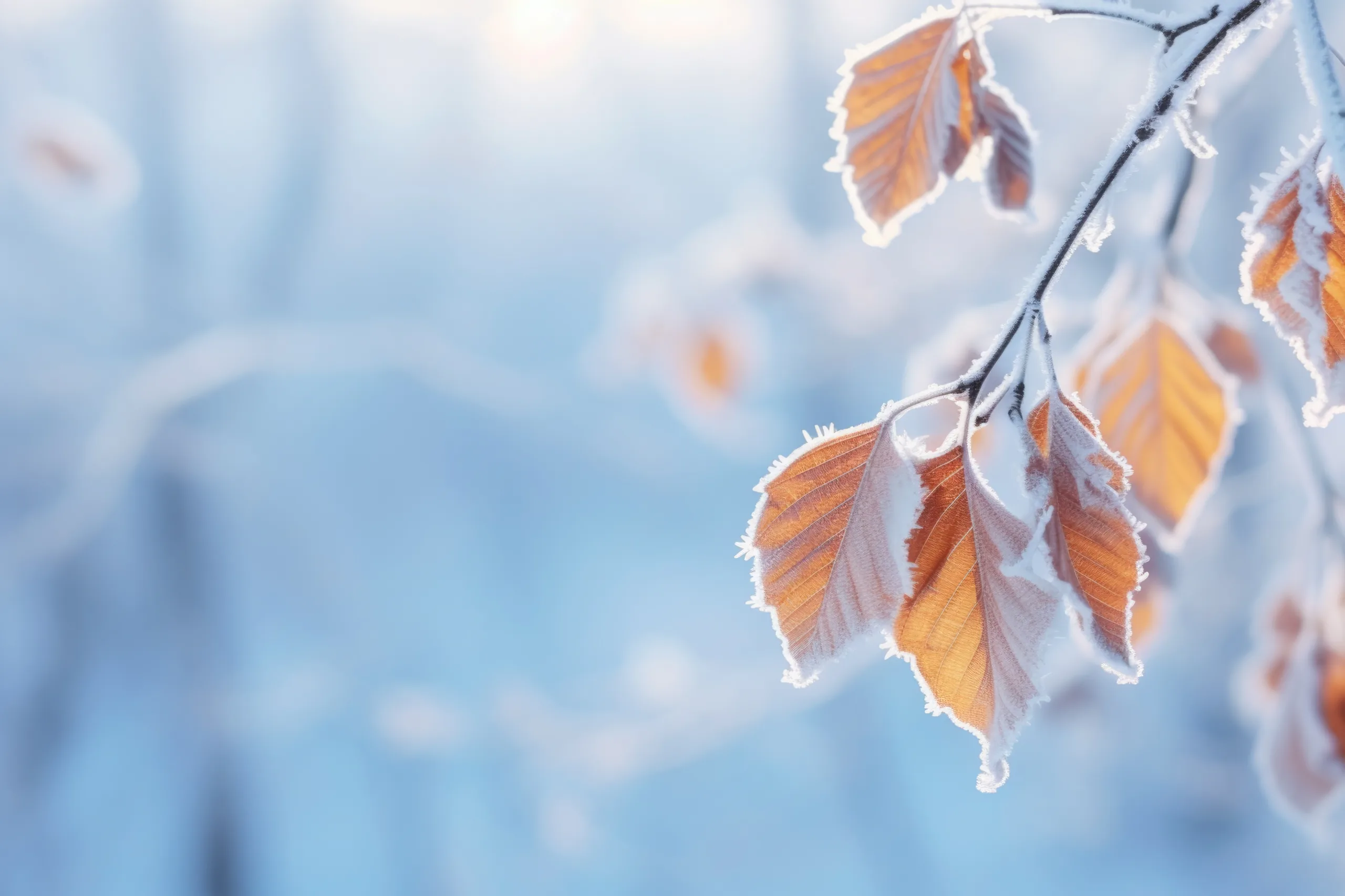
As the temperatures drop and the days grow shorter, it’s essential to prepare your garden for the brisk New England winter. While we may be bidding farewell to our colorful blooms, there’s no reason your garden can’t be a haven of beauty and potential even during the cold season. Proper winterization will help protect your plants, garden structures, and soil, ensuring a healthy and vibrant garden in the coming spring! So, grab your gardening gloves, and let’s get to work on prepping your garden for a cozy New England winter!
Prune Sparingly and Leave the Leaves
Gently prune any dead, damaged, or diseased parts of your perennial plants and remove them from your garden. While it may be tempting to do a big fall cleanup, consider resisting the temptation. For more information about the benefits of “leaving the leaves” click here!
Bury Those Bulbs
One key task during this season is planting bulbs that will burst forth in a symphony of colors come spring. Fall is the opportune time to tuck bulbs into the soil, allowing them the necessary period of dormancy to thrive in the warmer months. If you’re eager to delve into the art of fall bulb planting, be sure to check our detailed guide to fall bulb planting. Discover the joy of anticipation as you envision the beauty that will unfurl in your garden when winter’s chill gives way to the blossoming wonders of spring.
Mulch It Up
Mulch is your garden’s best friend in winter. A thick layer of mulch (about 2-4 inches) will help insulate your plants’ roots and protect them from the harsh cold. Use organic mulch such as leaves, straw, or compost. This not only keeps the soil temperature more stable but also enriches it with nutrients for the coming spring.
Click to order bagged mulch and compost
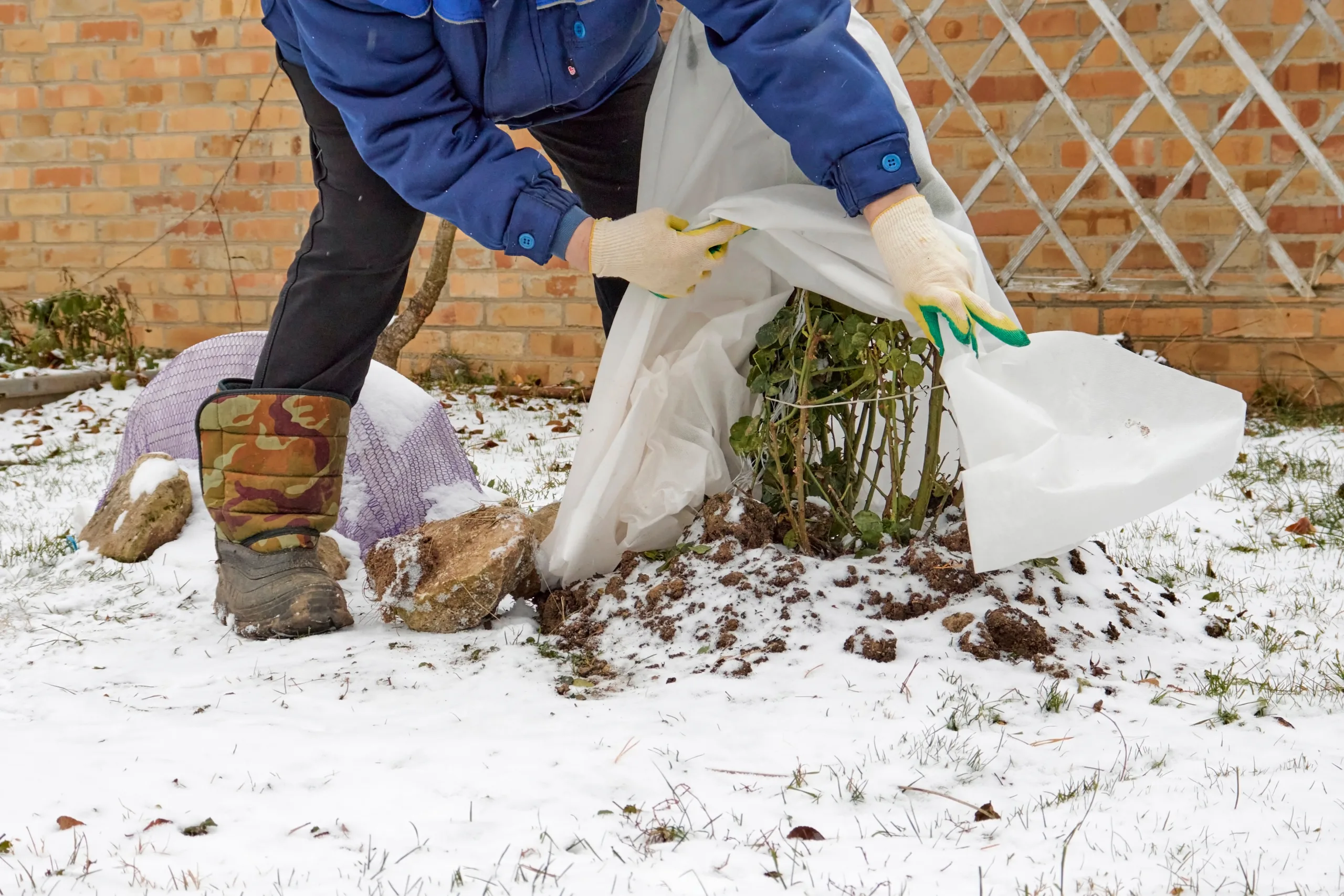
Protect Vulnerable Plants
Some plants, especially newly planted ones, are more susceptible to frost and freezing temperatures. Protect them by covering them with burlap or frost cloth. Be sure to remove these covers during the day to allow for sunlight and air circulation. Most evergreen shrubs would also benefit from an application of Wilt Stop. This will reduce moisture loss during the winter months and protect plants from windburn.
Bring Potted Plants Indoors
If you have potted plants that aren’t winter-hardy, bring them inside before the first frost. Place them in a sunny spot, and don’t forget to water them sparingly, as they won’t need as much moisture in the winter months.
Clean and Store Tools
Before winter sets in, it’s a good idea to clean and store your gardening tools properly. Make sure they are free of dirt and moisture to prevent rust. This will ensure they’re ready to go when spring comes around. But if winter does get the best of your tools, you can find the tools to meet your needs here.
Plan Ahead!
Winter is a wonderful time to reflect on the past season and plan for the next. Take note of what worked and what didn’t and sketch out any changes or new additions you want to make in your garden. This planning will help you hit the ground running when the snow melts.
Need Help? Consult with our team of Landscape Design Pros!
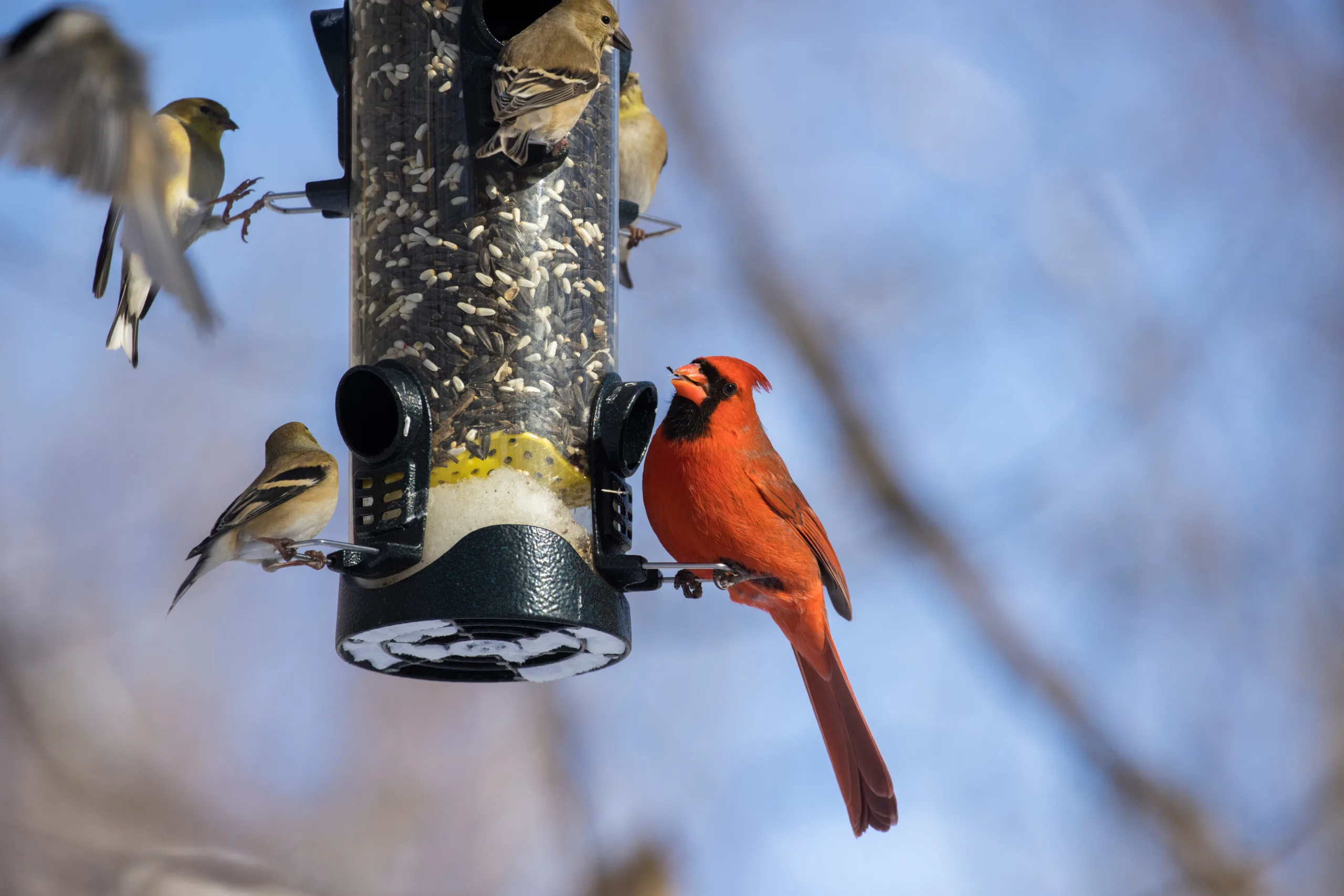
Bird Feeding Stations
Don’t forget about our feathered friends! Setting up bird feeding stations with birdseed and water will not only provide a food source for local wildlife but also add a touch of life and activity to your winter garden. Shop our favorite products here.
Enjoy The Beauty of Winter
Winters can be long and challenging, but they also have a unique beauty. Take some time to enjoy your garden’s winter aesthetics – the frost-kissed plants, the glistening snow, and the tranquility of a dormant landscape. Consider adding some outdoor seating or a fire pit to make your garden a cozy, winter retreat.
In New England, a well-prepared garden can still bring joy and inspiration even during the coldest months. With a little TLC and some planning, your garden can emerge from winter stronger and more beautiful than ever. So, get out there, wrap up warmly, and let’s prepare our gardens for a wonderful New England winter!

